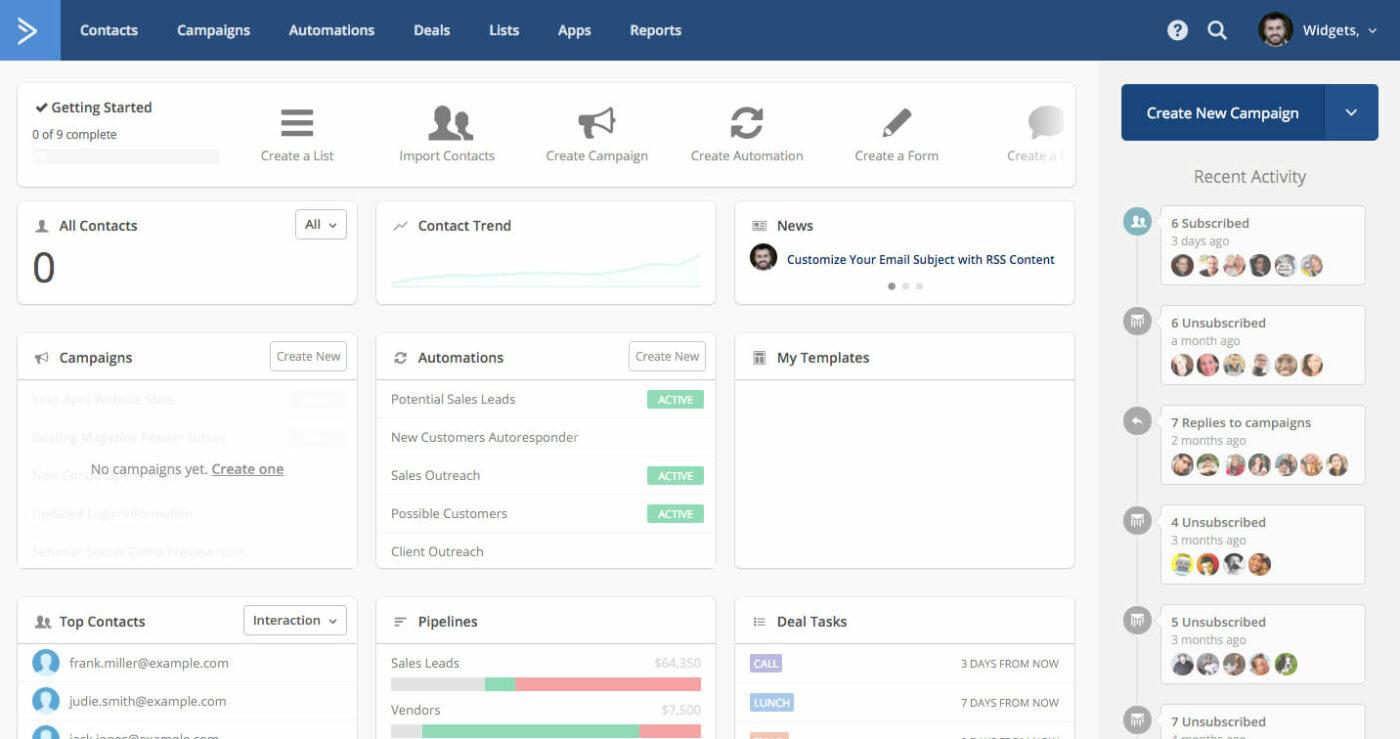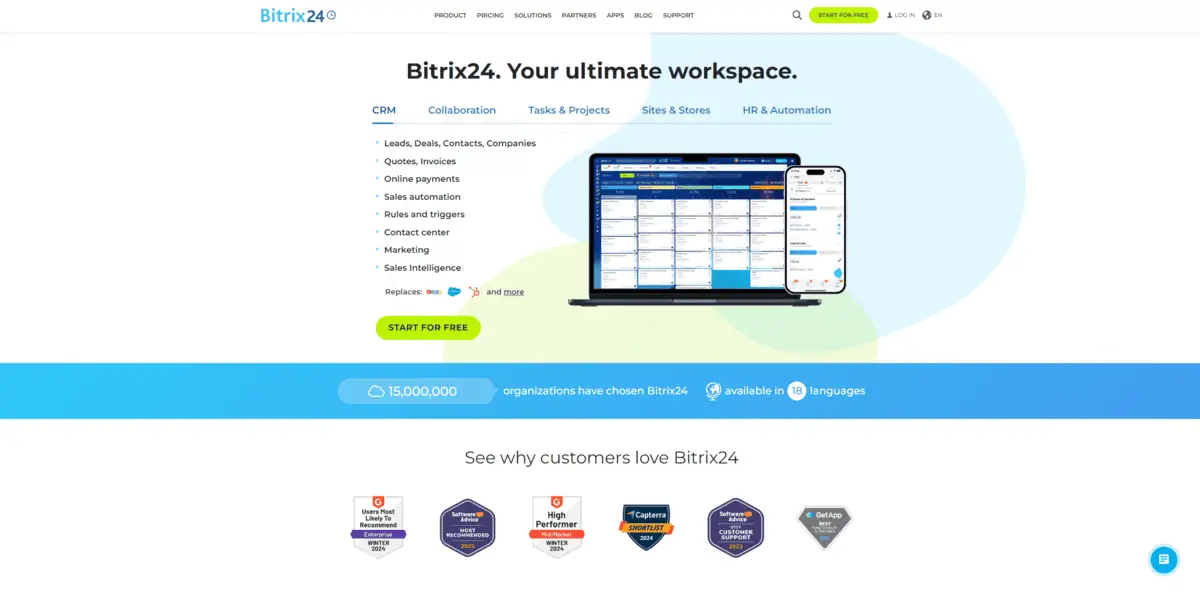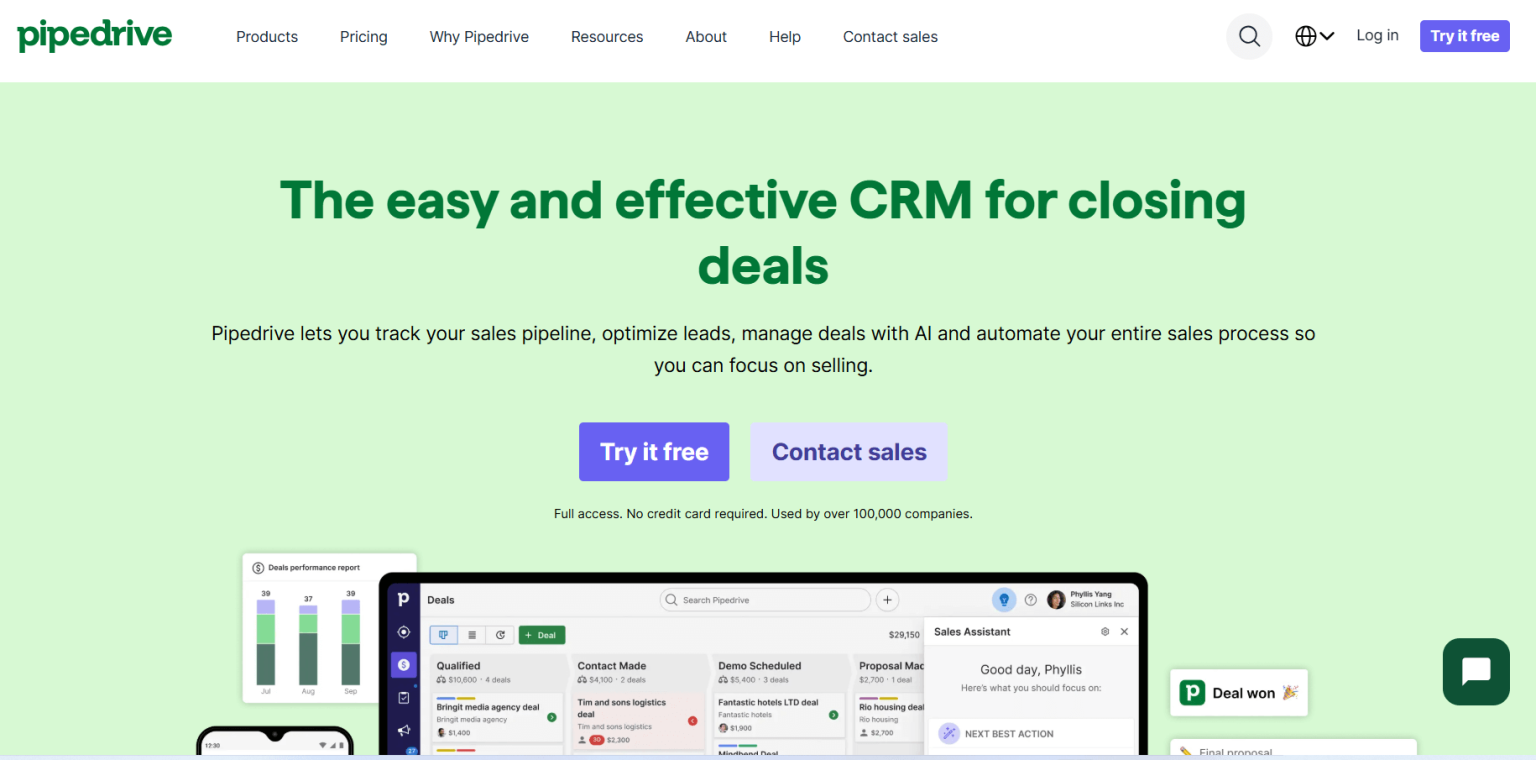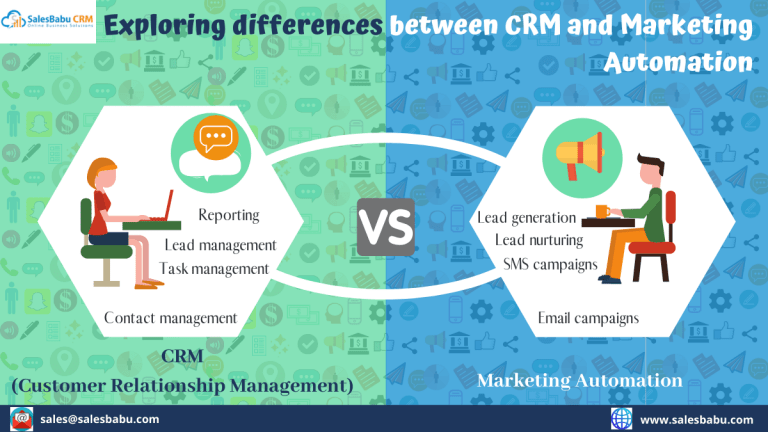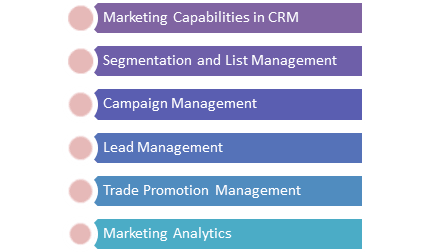
CRM Marketing Segmentation: The Ultimate Guide to Personalized Customer Experiences
In the dynamic world of marketing, one truth remains constant: customers are not monolithic. They are individuals, each with unique needs, preferences, and behaviors. To truly resonate with your audience and drive meaningful engagement, you need to move beyond generic messaging and embrace the power of personalization. This is where CRM marketing segmentation comes into play. This comprehensive guide will delve into the intricacies of CRM marketing segmentation, providing you with the knowledge and strategies to create targeted campaigns that deliver exceptional customer experiences.
What is CRM Marketing Segmentation?
At its core, CRM (Customer Relationship Management) marketing segmentation is the process of dividing your customer base into distinct groups (segments) based on shared characteristics. These characteristics can encompass a wide range of factors, including demographics, behavior, purchase history, psychographics, and more. By understanding the nuances of each segment, you can tailor your marketing efforts to address their specific needs and preferences, leading to increased engagement, higher conversion rates, and improved customer loyalty.
Why is CRM Marketing Segmentation Important?
In today’s competitive landscape, businesses that fail to personalize their marketing efforts risk being lost in the noise. CRM marketing segmentation offers a multitude of benefits, including:
- Enhanced Customer Engagement: By delivering relevant and personalized content, you can capture your customers’ attention and foster a deeper connection.
- Increased Conversion Rates: Targeted campaigns are more likely to resonate with your audience, leading to higher conversion rates and ultimately, more sales.
- Improved Customer Loyalty: When customers feel understood and valued, they are more likely to remain loyal to your brand.
- Optimized Marketing Spend: By focusing your efforts on the most promising segments, you can maximize your return on investment (ROI) and reduce wasted resources.
- Better Product Development: Understanding your customer segments allows you to tailor product development to meet their specific needs.
Key Steps in CRM Marketing Segmentation
Implementing a successful CRM marketing segmentation strategy involves a series of well-defined steps. Here’s a breakdown of the essential stages:
1. Data Collection and Integration
The foundation of any effective segmentation strategy is data. You need to gather as much relevant information about your customers as possible. This data can come from various sources, including:
- CRM System: Your CRM system is the central hub for customer data, including contact information, purchase history, and interactions.
- Website Analytics: Track website activity, such as page views, time on site, and downloads, to understand customer behavior.
- Social Media: Monitor social media interactions, including likes, shares, and comments, to gauge customer sentiment and preferences.
- Surveys and Questionnaires: Conduct surveys to gather valuable insights into customer demographics, interests, and needs.
- Email Marketing: Analyze email open rates, click-through rates, and conversions to understand customer engagement.
Once you have gathered the data, it’s crucial to integrate it into a single, unified view of your customer. This will provide a comprehensive understanding of each individual and enable you to create more accurate and effective segments.
2. Data Analysis and Segmentation
With your data in place, the next step is to analyze it and identify meaningful patterns. This is where you start the actual segmentation process. Consider the following methods:
- Demographic Segmentation: Group customers based on age, gender, income, location, education, and other demographic factors.
- Behavioral Segmentation: Segment customers based on their past behavior, such as purchase history, website activity, and engagement with marketing campaigns.
- Psychographic Segmentation: Understand customers based on their lifestyles, values, interests, and attitudes. This can be gathered through surveys and social media listening.
- Geographic Segmentation: Segment customers based on their location, such as country, region, or city.
- Needs-Based Segmentation: Group customers based on their specific needs and pain points.
Use data analysis tools to identify the most relevant segmentation criteria for your business. These tools can help you find statistical significance in your data and validate your assumptions. The goal is to create segments that are:
- Measurable: You should be able to quantify the size and characteristics of each segment.
- Accessible: You should be able to reach each segment through your marketing channels.
- Substantial: Each segment should be large enough to warrant a dedicated marketing effort.
- Differentiable: Each segment should have distinct characteristics that set it apart from other segments.
- Actionable: You should be able to develop marketing strategies that are tailored to each segment.
3. Segment Profiling
Once you have defined your segments, it’s time to create detailed profiles for each one. This involves:
- Naming the Segment: Give each segment a descriptive name that reflects its key characteristics (e.g., “Young Professionals,” “Value Shoppers,” “Loyal Customers”).
- Describing the Segment: Provide a detailed overview of the segment’s demographics, behaviors, psychographics, and needs.
- Identifying Key Motivations and Pain Points: Understand what drives each segment and what challenges they face.
- Determining Preferred Communication Channels: Identify the channels through which each segment prefers to receive information (e.g., email, social media, SMS).
Segment profiles will serve as a guide for your marketing efforts, helping you tailor your messaging and campaigns to resonate with each group.
4. Campaign Development and Execution
With your segments defined and profiled, you can now develop targeted marketing campaigns. This involves:
- Crafting Personalized Messaging: Create content that speaks directly to the needs, interests, and pain points of each segment.
- Selecting the Right Channels: Choose the channels that are most likely to reach each segment (e.g., email, social media, paid advertising).
- Designing Targeted Offers and Promotions: Create offers that are relevant to each segment’s needs and preferences.
- Implementing A/B Testing: Continuously test different variations of your campaigns to optimize their performance.
Make sure your campaigns are aligned with your overall marketing objectives and brand identity.
5. Monitoring, Measurement, and Iteration
The final step in the process is to monitor the performance of your campaigns and make adjustments as needed. This involves:
- Tracking Key Metrics: Monitor metrics such as click-through rates, conversion rates, customer lifetime value, and customer satisfaction.
- Analyzing Results: Evaluate the performance of each campaign and identify areas for improvement.
- Refining Your Segmentation: Based on your findings, refine your segmentation strategy and adjust your segment profiles.
- Continuously Testing and Optimizing: Marketing is an ongoing process. Continuously test new strategies and optimize your campaigns to maximize their effectiveness.
CRM marketing segmentation is not a one-time project; it’s an ongoing process of learning, adapting, and refining your approach to ensure that you are always meeting the evolving needs of your customers.
Types of CRM Marketing Segmentation
There are several ways to segment your customer base. Here are some of the most common approaches:
1. Demographic Segmentation
Demographic segmentation involves grouping customers based on characteristics such as age, gender, income, education, occupation, and family size. This is a readily accessible form of segmentation, as demographic data is often easy to collect. For example, a company selling luxury cars might target high-income earners, while a clothing retailer might target different age groups with specific product lines.
2. Geographic Segmentation
Geographic segmentation involves dividing customers based on their location, such as country, region, city, or even neighborhood. This can be useful for businesses with a physical presence or those that need to tailor their marketing efforts to specific geographic areas. A restaurant, for instance, might use geographic segmentation to target customers within a certain radius of its location.
3. Behavioral Segmentation
Behavioral segmentation focuses on customer actions and interactions with your brand. This includes purchase history, website activity, engagement with marketing campaigns, and product usage. Analyzing this data can reveal valuable insights into customer preferences and behaviors. For example, you might identify a segment of “frequent purchasers” and offer them exclusive discounts or early access to new products.
4. Psychographic Segmentation
Psychographic segmentation delves deeper into customer motivations, values, lifestyles, and attitudes. This type of segmentation requires gathering information through surveys, interviews, and social media analysis. Understanding your customers’ psychographics allows you to create more emotionally resonant marketing campaigns. For example, a fitness brand might target customers who value health and wellness.
5. Needs-Based Segmentation
Needs-based segmentation groups customers based on their specific needs and the benefits they seek from your products or services. This approach requires a thorough understanding of customer pain points and how your offerings can address them. For example, a software company might segment its customers based on their need for ease of use, advanced features, or cost-effectiveness.
6. Value-Based Segmentation
Value-based segmentation involves grouping customers based on their lifetime value to your business. This helps you identify your most valuable customers and prioritize your marketing efforts accordingly. Customers with high lifetime value might receive personalized offers, premium customer service, and exclusive access to new products.
Tools and Technologies for CRM Marketing Segmentation
Several tools and technologies can assist you in implementing and managing your CRM marketing segmentation strategy:
- CRM Software: A CRM system is essential for storing and managing customer data, tracking interactions, and automating marketing tasks. Popular CRM platforms include Salesforce, HubSpot, and Zoho CRM.
- Marketing Automation Platforms: These platforms allow you to automate marketing campaigns, personalize content, and track performance. Examples include Marketo, Pardot, and ActiveCampaign.
- Data Analytics Tools: These tools help you analyze customer data, identify patterns, and create segments. Examples include Google Analytics, Tableau, and Power BI.
- Customer Data Platforms (CDPs): CDPs collect and unify customer data from various sources, providing a single view of each customer. Examples include Segment, Tealium, and mParticle.
- Email Marketing Software: Email marketing platforms allow you to create and send targeted email campaigns. Examples include Mailchimp, Constant Contact, and ConvertKit.
The best tools for your business will depend on your specific needs and budget. Consider your data volume, the complexity of your segmentation strategy, and your marketing automation goals when choosing your tools.
Best Practices for CRM Marketing Segmentation
To maximize the effectiveness of your CRM marketing segmentation strategy, keep these best practices in mind:
- Start Small: Don’t try to segment your entire customer base at once. Begin with a few key segments and gradually expand your efforts.
- Focus on Actionable Segments: Prioritize segments that are large enough, accessible, and responsive to your marketing efforts.
- Keep it Simple: Avoid over-segmentation, which can make it difficult to manage your campaigns.
- Personalize Your Messaging: Tailor your content, offers, and promotions to the specific needs and preferences of each segment.
- Test and Iterate: Continuously test different strategies and make adjustments based on your results.
- Maintain Data Quality: Regularly clean and update your customer data to ensure accuracy.
- Respect Customer Privacy: Always comply with data privacy regulations and obtain consent for collecting and using customer data.
- Align with Business Goals: Make sure your segmentation strategy supports your overall marketing and business objectives.
- Train Your Team: Ensure that your marketing and sales teams understand your segmentation strategy and how to use it effectively.
- Stay Flexible: Be prepared to adapt your segmentation strategy as your business and customer base evolve.
Examples of CRM Marketing Segmentation in Action
Let’s look at some real-world examples of how businesses are using CRM marketing segmentation to drive results:
1. E-commerce Retailer
An e-commerce retailer segments its customers based on purchase history, browsing behavior, and demographics. They might create segments like:
- High-Value Customers: Customers who have made frequent purchases and spent a significant amount of money. They receive exclusive discounts, early access to sales, and personalized recommendations.
- New Customers: Customers who have recently made their first purchase. They receive welcome emails, onboarding guides, and special offers to encourage repeat purchases.
- Abandoned Cart Shoppers: Customers who added items to their cart but did not complete the purchase. They receive automated emails with a reminder of their cart items and a special offer to incentivize them to complete the purchase.
- Loyalty Program Members: Customers who are enrolled in the retailer’s loyalty program. They receive points for purchases, exclusive rewards, and birthday discounts.
2. Software-as-a-Service (SaaS) Company
A SaaS company segments its customers based on their product usage, subscription plan, and company size. They might create segments like:
- Free Trial Users: Users who are currently using the free trial. They receive onboarding emails, product tutorials, and special offers to convert them to paid subscriptions.
- Small Business Customers: Customers with a small number of employees. They receive tailored pricing plans, feature recommendations, and customer support.
- Enterprise Customers: Customers with a large number of employees. They receive dedicated account managers, premium support, and custom integrations.
- Churned Customers: Customers who have canceled their subscriptions. They receive win-back campaigns with special offers and product updates.
3. Financial Services Company
A financial services company segments its customers based on their financial goals, risk tolerance, and investment history. They might create segments like:
- Retirement Savers: Customers who are saving for retirement. They receive educational content, investment recommendations, and retirement planning tools.
- First-Time Homebuyers: Customers who are looking to buy their first home. They receive mortgage rate information, home-buying guides, and pre-approval offers.
- High-Net-Worth Individuals: Customers with significant assets. They receive personalized financial advice, wealth management services, and exclusive investment opportunities.
- Credit Card Holders: Customers who hold credit cards. They receive reward program updates, spending insights, and special offers based on their spending habits.
The Future of CRM Marketing Segmentation
As technology continues to evolve, CRM marketing segmentation will become even more sophisticated. Here are some trends to watch:
- Artificial Intelligence (AI): AI will play an increasingly important role in data analysis, segment creation, and campaign optimization.
- Hyper-Personalization: Businesses will be able to personalize their marketing efforts down to the individual level.
- Real-Time Segmentation: Segmentation will become more dynamic, with segments being updated in real-time based on customer behavior.
- Cross-Channel Integration: Marketing efforts will be seamlessly integrated across all channels, providing a unified customer experience.
- Focus on Customer Experience: The emphasis will shift from simply selling products to creating exceptional customer experiences.
By embracing these trends, businesses can stay ahead of the curve and continue to deliver personalized experiences that drive customer loyalty and business growth.
Conclusion
CRM marketing segmentation is a powerful strategy for understanding your customers, personalizing your marketing efforts, and driving business results. By following the steps outlined in this guide and staying abreast of the latest trends, you can create targeted campaigns that resonate with your audience and build lasting customer relationships. Remember that segmentation is not a one-time project; it’s an ongoing process of learning, adapting, and refining your approach to ensure that you are always meeting the evolving needs of your customers. Implement the strategies discussed, leverage the available tools, and never stop learning to maximize the effectiveness of your CRM marketing segmentation and achieve remarkable outcomes in your marketing initiatives.

